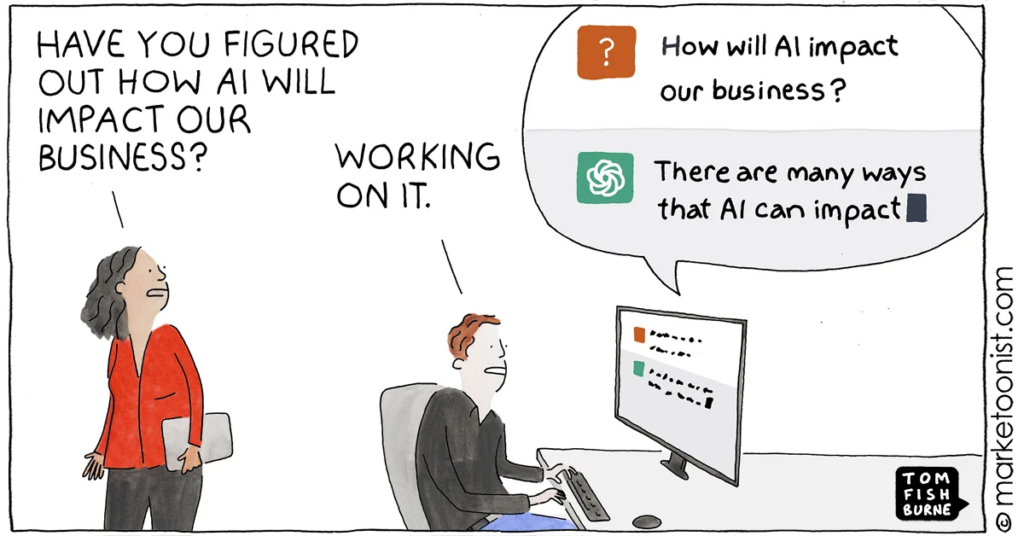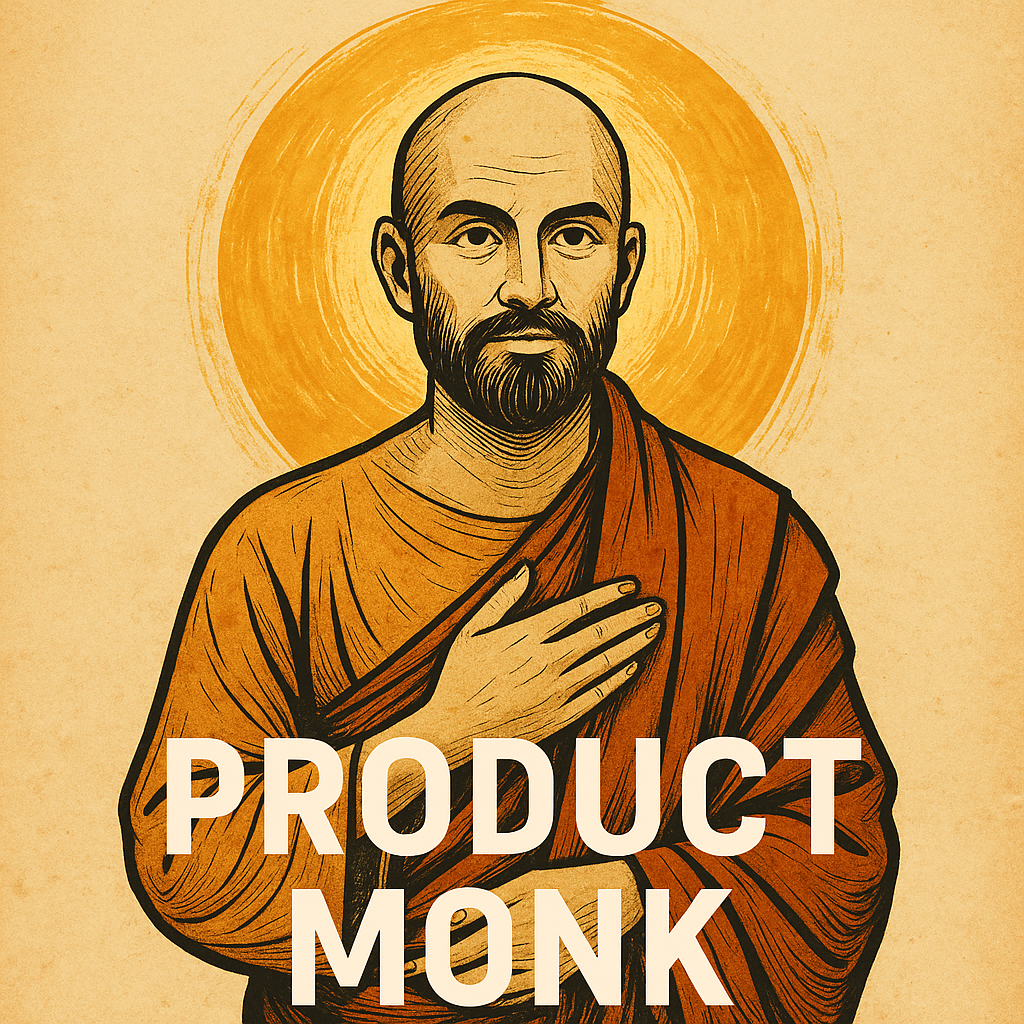Measure the success factors
Goals & Contributions
Say goodbye to vague goals and hello to data-driven clarity. Define, quantify, and track your goals with confidence. Our unique contribution scoring system helps you prioritize the right epics, maximize impact, and stay aligned with your strategic vision. See your progress clearly, make informed decisions, and achieve product success like never before.
Penome provides a standardized framework for defining goals, measuring progress, and achieving strategic alignment. Our platform empowers you to make data-driven decisions, prioritize effectively, and keep your product development on track.

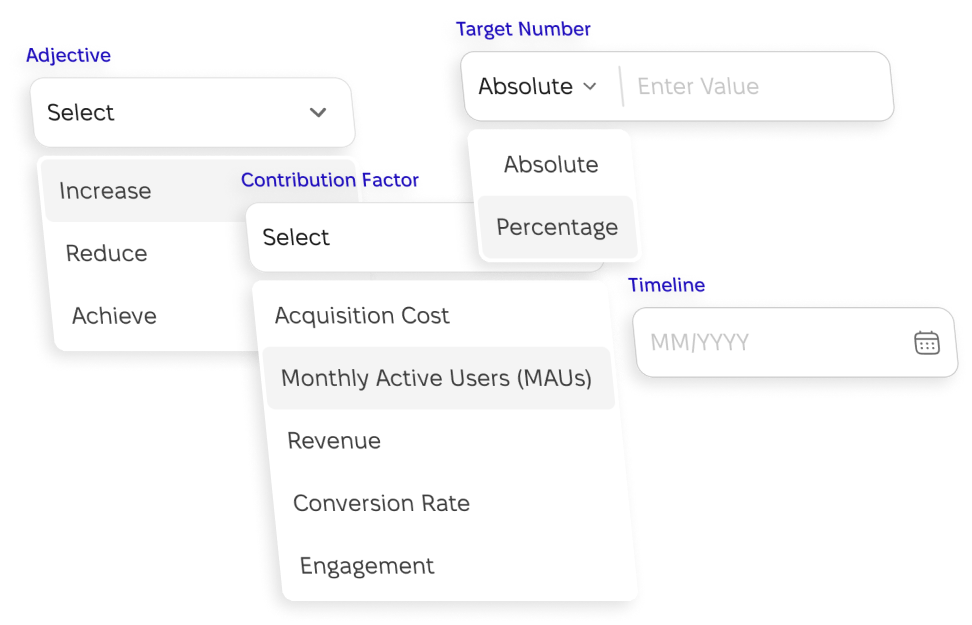
Define specific and measurable outcomes
While ambitious objectives like “becoming a market leader” set the grand vision, they lack the precision of actionable goals. Specific and measurable goals, such as “Achieve 10% user growth MoM by Dec 2025”, provide tangible targets that fuel product development and facilitate progress tracking. These goals, when cascaded down to individual initiatives, empower product teams to prioritize efforts and demonstrate clear impact. By setting quantifiable milestones with defined timelines, product leaders transform aspirations into achievable outcomes and drive strategic growth. This clarity ensures everyone is aligned and working towards concrete benchmarks, fostering a results-oriented product culture.
Link goals to initiatives
In the dynamic world of product management, initiatives are the driving force behind achieving strategic goals. Goals act as your North Star, providing direction and purpose. Initiatives are the concrete steps and actions you take to reach that destination. By clearly linking initiatives to specific goals, you create a roadmap for success, ensuring every effort contributes to the bigger picture. This connection brings clarity and focus, enabling your team to prioritize effectively and navigate the complexities of product development with confidence.
Defining clear end dates for both goals and initiatives is crucial for maintaining momentum and measuring impact. Just as a journey needs a destination, every initiative should have a defined endpoint aligned with the overarching goal’s timeline. This ensures resources are used efficiently and progress is consistently evaluated. By prioritizing initiatives based on their contribution to goal achievement, you create a framework for data-driven decision-making, optimizing your product strategy and maximizing your chances of success.
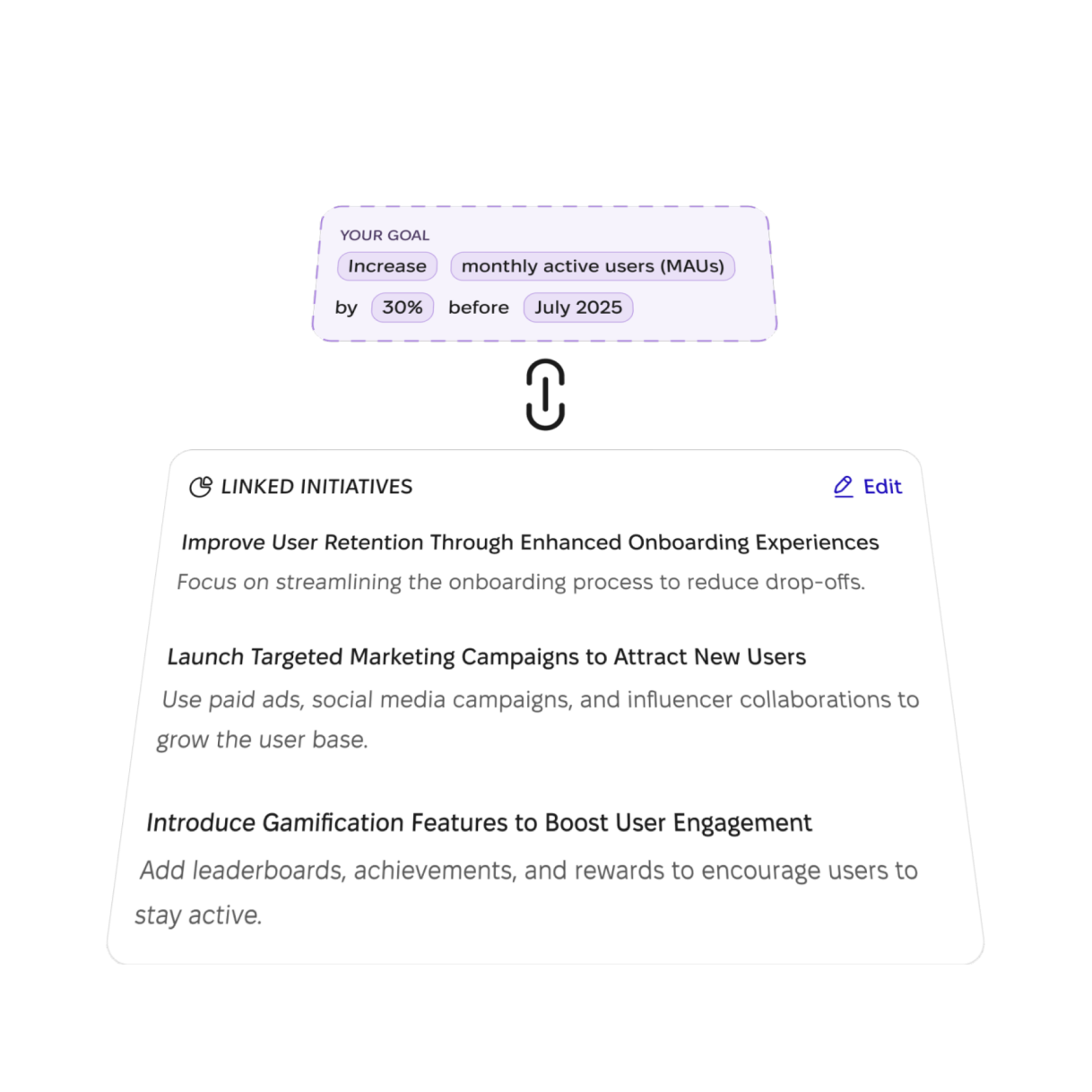
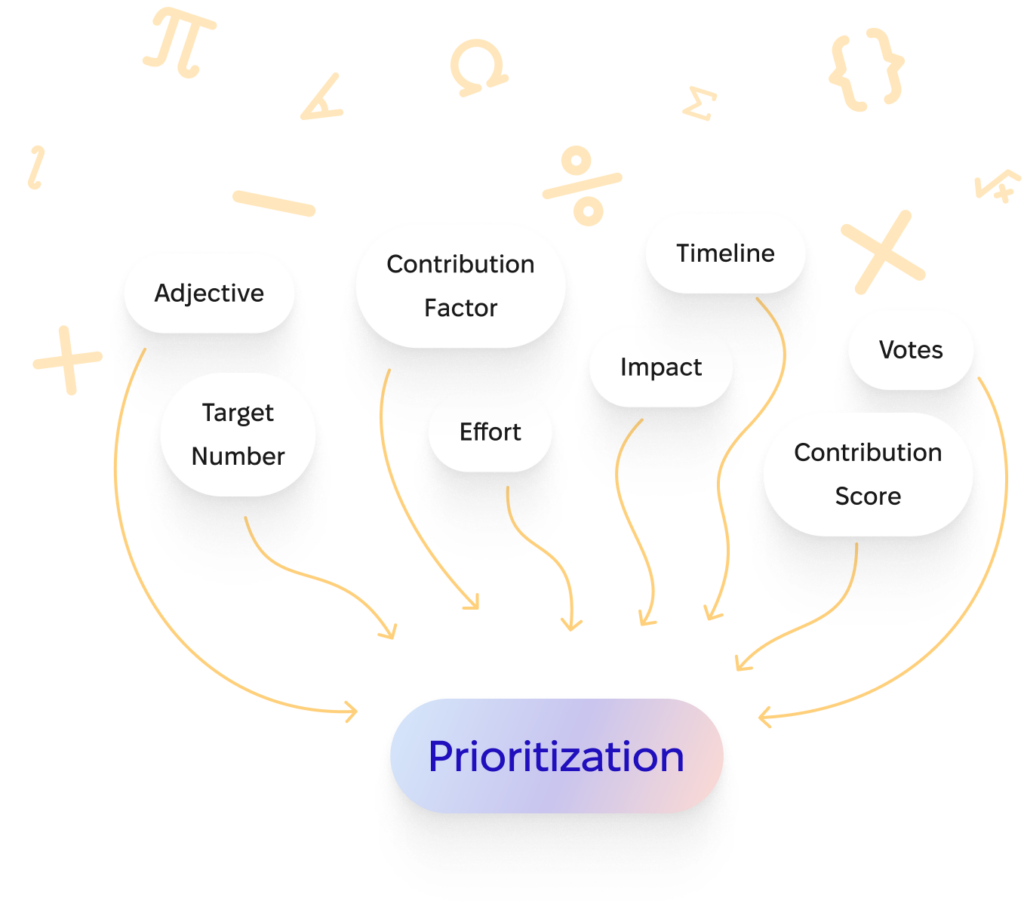
Prioritize effectively based on goals
For product managers, juggling the demands of diverse stakeholders can feel like a never-ending circus act. Everyone, from sales and marketing to clients and leadership, has a wish list a mile long. But fear not, intrepid product manager! Goals are your secret weapon. By clearly communicating your product vision and objectives across the organization, you empower stakeholders to self-select and prioritize their requests. This not only streamlines your decision-making process but also fosters a sense of shared ownership and purpose.
When faced with a barrage of competing demands, simply ask, “How does this contribute to our goals?” This powerful question encourages stakeholders to critically evaluate their requests and align them with the bigger picture. Suddenly, those “must-have” features might seem less urgent, and you’ll find yourself effortlessly navigating the prioritization maze. Remember, a goal-oriented approach not only saves you time and energy but also ensures that your product stays laser-focused on delivering maximum value.
Read Our Blogs
Spoonfed, Coached, or Guided? How Your Manager is Secretly Defining Your Career (and Sanity)
📜 The Gospel of Product Monk
Want a hands-on experience?
Don’t wait, just sign up and try it for free. In a true product price discovery spririt, we are not yet charging for Penome subscription. Go ahead and use it for free. If you like it or have some feedback or suggestions, let us know.
